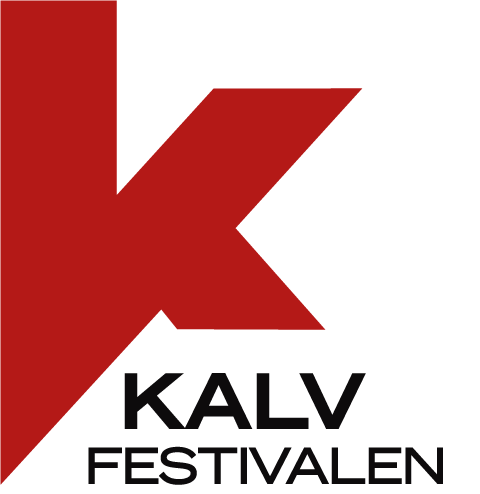| EVENT:
| TIME:
| VENUE:
Concert | Sergej Tchirkov
Sergei Tchirkov, accordion
Sergei Tchirkov | the shared space II
Program
Anna Korsun: Hauchdünn [2019]
Francisco Corthey: Si, mi amiga [2022]
Pierluigi Billone: Mani.Stereos [2008]
About the concert
Western music practice in the 19th and 20th centuries was characterized by the idea of a single authorship of musical work, represented by its score. This model suggests that it is the performer’s role and duty to execute the score and to reproduce the composer’s intentions as accurately as possible. The Shared Space challenges this understanding. Music is a time-based art and creating the musical meaning is a temporally bound process – it takes both the composer’s experience as embodied in the score, and the performer’s experience as embodied in their relationship to their instrument, to make music happen. The process is not limited to the score and sound – it further encompasses body, gestures, audience, perception, situation, venue, and context. Therefore, composer, performer, performing body, instrument, score, and audience are all creative agents in the production of musical meaning within a composition and within the context of the performance. This is how a shared space emerges.
Program notes
Anna Korsun: Hauchdünn [2019]
During my collaboration with Ukrainian composer Anna Korsun the shared space has emerged out of our chat on Facebook – we shared ideas, discussed technical aspects and problem-solving methods, while she was working on the composition. The piece has been written for Teodoro Anzellotti who successfully premiered it. It has not been until Russia invaded Ukraine in February 2022 that i started to work on the piece… The space has remained shared but its context has changed dramatically since our Facebook chat with the composer in 2018.
Francisco Corthey: Si, mi amiga [2022]
The impulse for the composition of Francisco Corthey has been given by a poem ‘Si, mi amiga…’ by Juan L. Ortiz (1896-1978). The elusive nature of human experience is reflected in a precarious sonic world of Corthey’s music, which is based on the transformations between the tones, performer’s physical gestures, murmured or whispered text fragments. “I’m fine, but I ‘m trembling” – this first phrase of Ortiz’ poem precisely describes the relationship between the performer and the score. Although the score does not contain almost any elements that could be described as technically difficult, the performer’s agency is constantly being challenged by these transformations. The performer is encouraged to deconstruct her or his relationship with the instrument, in order to create the experience of the precarity of sound (or in sounds?) – an experience that can never be appropriated, but that is meant to be a shared experience.
Pierluigi Billone: Mani. Stereos [2008]
Pierluigi Billone’s view of composition refers directly to the bodily experience between musicians and instruments. Billone writes himself:
“Each musical instrument is unique, and the interplay between body and instrument is shaped in its own special way. In principle, this interaction always remains open and receptive to change.
In the case of the accordion, the body is constantly in contact with the instrument. The accordion expands the body like a huge lung. A strange organic symbiosis. Precisely due to the mechanical nature of the instrument, the sound sometimes seems to arise independently of the playing action, as if it existed before and remained inside the instrument afterwards. This makes it as if the work of the hands is not only “articulate-to-produce”, but also and above all the hands are like a “key-to-open” and “let (the sound) appear”.
In this case, sound becomes a state of contact: a giving and a taking, and the touch becomes as much an evocation as a way of naming the sounds. ”Composing” (literally “putting together”) does not mean (only) connecting sound events in space and time, it rather refers to the creation of certain situations where the sound – with a capital “S” – can occur. Neither the musician nor the composer can actually produce the sound. It can only happen in the shared space, and the audience is welcome to take part in it.


